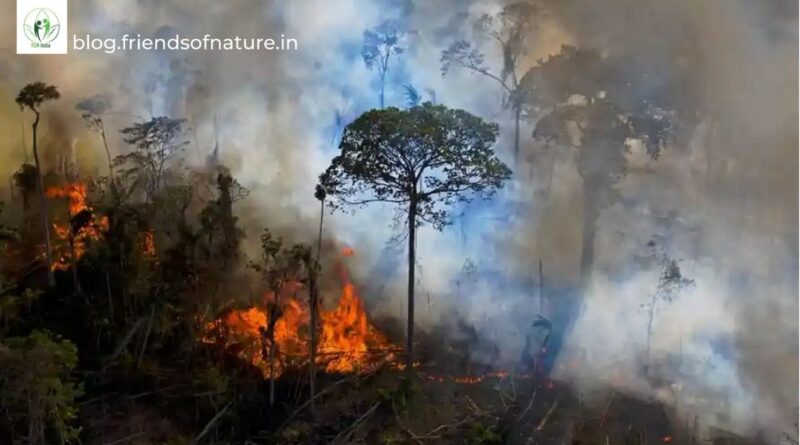Part of the Amazon is emitting more carbon dioxide than it absorbs
The Amazon region, home to the planet’s largest tropical forests, has served as an important absorber of carbon dioxide
The Amazon rainforest has played a critical role in the fight against climate change by absorbing carbon dioxide that would otherwise be released into the atmosphere. But the Amazon rainforest is now emitting more carbon dioxide than it is able to absorb, scientists have confirmed for the first time.
The Amazon basin contains 2.8 million square miles of jungle, which is more than half of Earth’s remaining tropical rainforests.
The study, published Wednesday in the journal “Nature,” shows that areas in the eastern part of the region, particularly in the southeast, are net sources of carbon. But the Amazon has historically provided a “carbon sink” for global emissions. The study notes that southeastern areas of the Amazon rainforest have been greater targets of deforestation, rising temperatures and other effects that make it harder to take in emissions.
A satellite study published in April found the Brazilian Amazon released nearly 20% more carbon dioxide into the atmosphere over the past decade than it absorbed.
The Amazon has long been known as a “carbon sink” — something that absorbs more carbon from the atmosphere than it releases — but studies were beginning to show that the forest was losing its ability to retain the carbon. Most of the emissions are caused by fires, many deliberately set to clear land for beef and soy production. But even without fires, hotter temperatures and droughts mean the south-eastern Amazon has become a source of CO2, rather than a sink.
In recent years, a growing number of studies have suggested that the region’s ability to remove carbon from the air and store it so it will not contribute to rising global temperatures is being degraded. A 30-year study in the journal Nature ppublished in 2015 found that the Amazon’s ability to absorb carbon dioxide is showing “a long-term decreasing trend of carbon accumulation,” in part because of greater climate variability and earlier deaths of trees.
In northwest Amazonia, where the climate is wet almost year-round and vegetation rarely varies throughout the year, researchers found that the area was near carbon balance, meaning that it absorbed roughly as much carbon as it released. But the farther southeast researchers observed, the more disrupted that balance became.
Growing trees and plants have taken up about a quarter of all fossil fuel emissions since 1960, with the Amazon playing a major role as the largest tropical forest. Losing the Amazon’s power to capture CO2 is a stark warning that slashing emissions from fossil fuels is more urgent than ever, scientists said.
Fewer trees meant less rain and higher temperatures, making the dry season even worse for the remaining forest. If current trends continue, scientists believe the amount of carbon dioxide will be twice as high as pre-industrial levels in roughly 55 years




